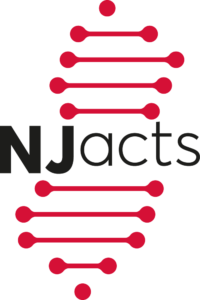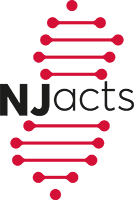 Please read Dr. Wei’s article in Nature Communications titled, “Clustering of single-cell multi-omics data with a multimodal deep learning method.“
Please read Dr. Wei’s article in Nature Communications titled, “Clustering of single-cell multi-omics data with a multimodal deep learning method.“
Single-cell RNA sequence (scRNA-seq) profiles a high-resolution picture inside an individual cell. Based on scRNA-seq technology, recently, many multimodal sequencing technologies have been developed to jointly profile multiple modalities of data in a single cell. For example, cellular Indexing of Transcriptomes and Epitopes by Sequencing (CITE-seq) and RNA expression and protein sequencing assay (REAP-seq) have been developed to profile mRNA expression and quantify surface protein simultaneously at the cellular level. Specifically, CITE-Seq employs existing single-cell sequencing technologies, such as the 10X Genomics Chromium platform, and allows the counting of Antibody-Derived Tags (ADT) to quantify the cell-surface protein abundance. Each cell with ADT labels and DNA-barcoded microbeads will be encapsulated in a droplet for single-cell sequencing. REAP-seq also combines DNA-barcoded antibodies with existing scRNA-seq approaches to measure the expression levels of genes and cell-surface proteins. In addition to studying single-cell transcriptomes and surface proteins, recently, the development of single-cell approaches for the assay of the transposase accessible chromatin sequencing (scATAC-seq) provides us a chance to measure chromatin accessibility in a single cell. Specifically, these technologies are designed to identify open chromatin regions in the genome by using the hyperactive Tn5 transposase, which simultaneously tags and fragments DNA sequences in open chromatin regions.To read the full article.
Clustering of single-cell multi-omics data with a multimodal deep learning method. Lin X, Tian T, Wei Z, Hakonarson H. Nat Commun. 2022 Dec 13;13(1):7705 PMID: 36513636 PMCID: PMC9748135 DOI: 1038/s41467-022-35031-9
